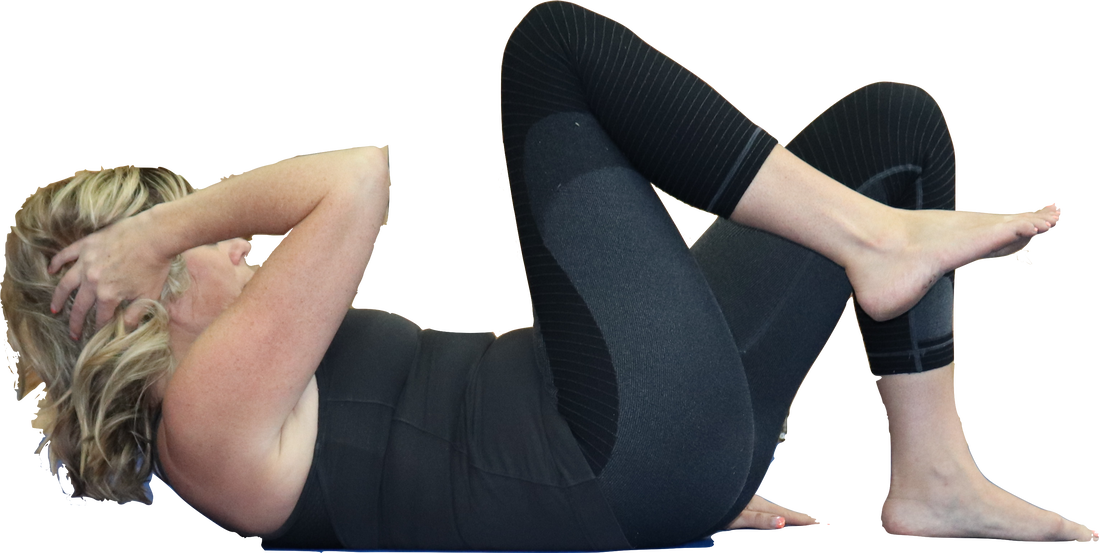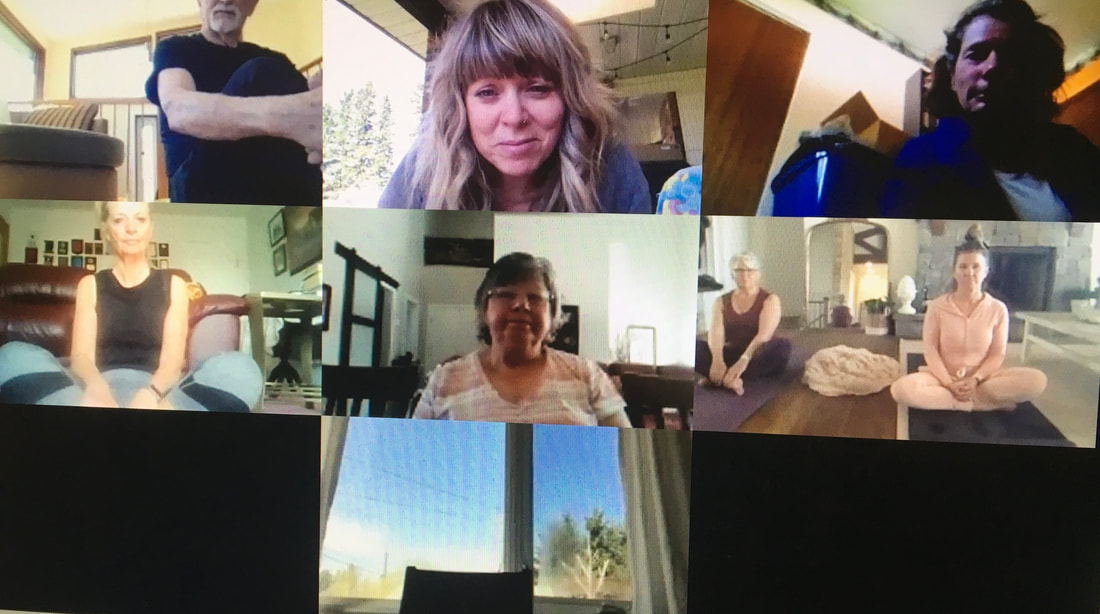Upcoming Classes |
*New* Online Private SessionsPreparing for online ClassHow to prepare for Zoom (online) Somatics classes
*have something comfortable to lay on (yoga matt, blanket) *have 2 small cushions and one pillow if possible (especially important for those with any issues in shoulders, hips, back, knees) always a good idea to have these things handy, so that you can stay in comfort. *please set up your camera so that your whole body is visible, this will allow me to offer corrections as we go, and keep everyone at a nice pace. HOWEVER, if you are more comfortable keeping your video off that is fine too. How To Do Somatic Exercises 1. Move slowly - you are especially working with the part of your brain called the motor cortex. It needs time to process more efficient movement patterns. 2. Pay attention to the sensations from the movements - this will give your brain clearer feedback to learn to move more efficiently; 3. Stay within your comfort zone. If you have pain, move slower, make smaller movements, or even make the movements in your imagination. 4. Remember that as you do the Somatic Exercises, allow your body to move freely and in comfort. This is especially important for those with training in dance, yoga, gymnastics, etc, you may find yourself over thinking where or how other parts of your body should “be” during an exercise, instead let your body move with comfort, example; if your hip lifts and it is not hurting you, than let your hip lift. The Somatic Exercises (adapted from Thomas Hanna, the creator of Hanna Somatic Education) have two parts. First you voluntarily contract a group of muscles; then you slowly and with control, de-contract those same muscles. The most important part of this two part movement technique, called pandiculation, is the slow, gradual release out of the voluntary contraction to complete rest. |
Site powered by Weebly. Managed by iPage


